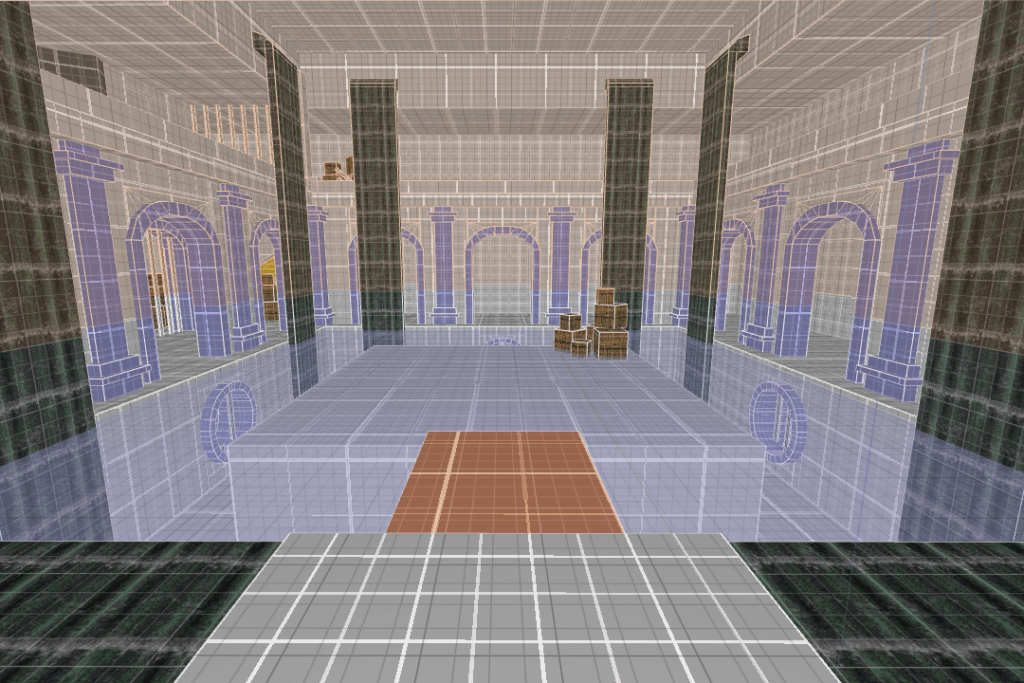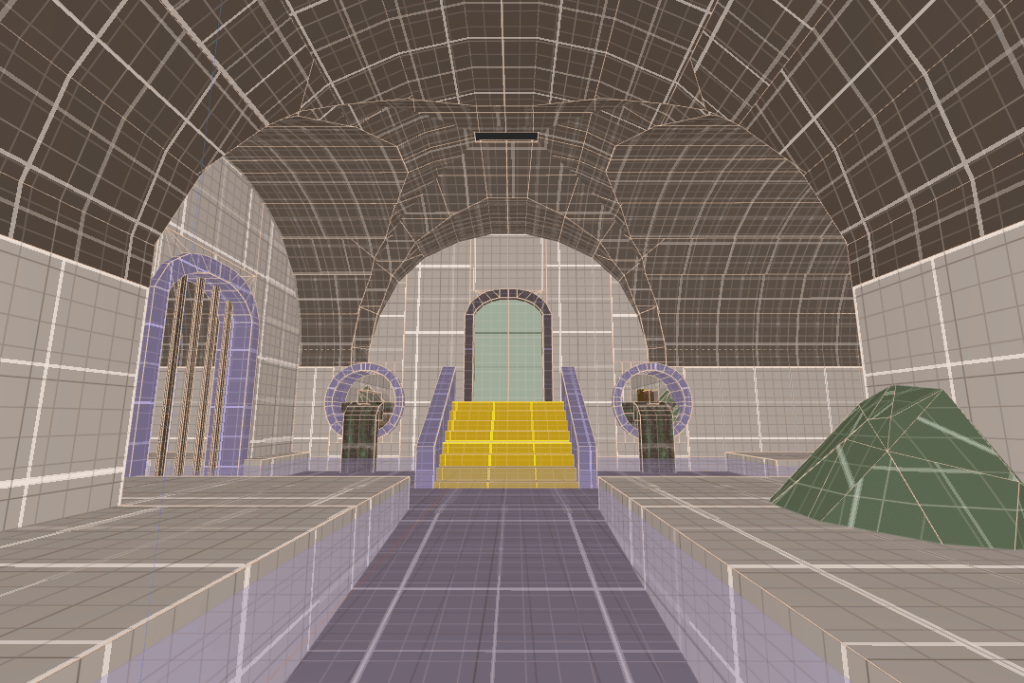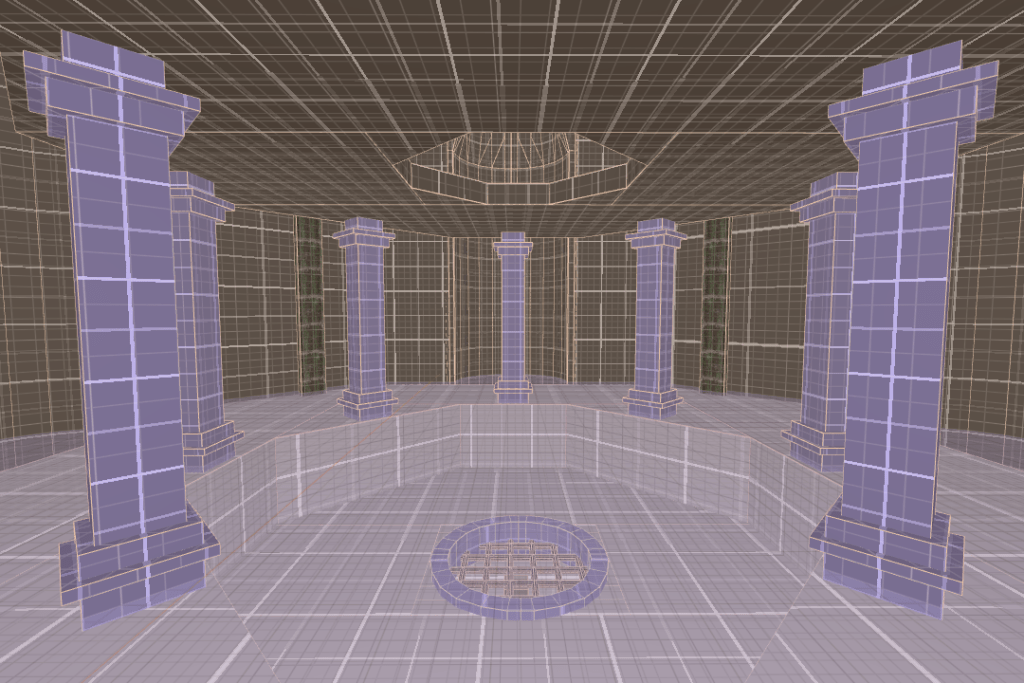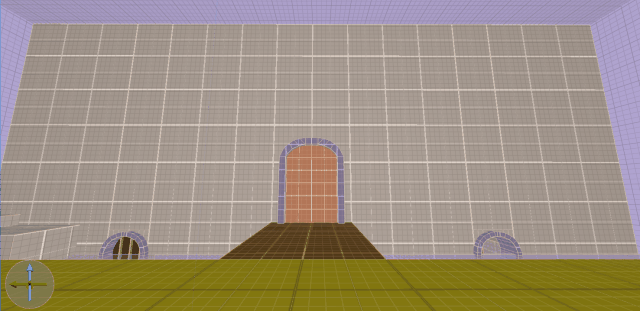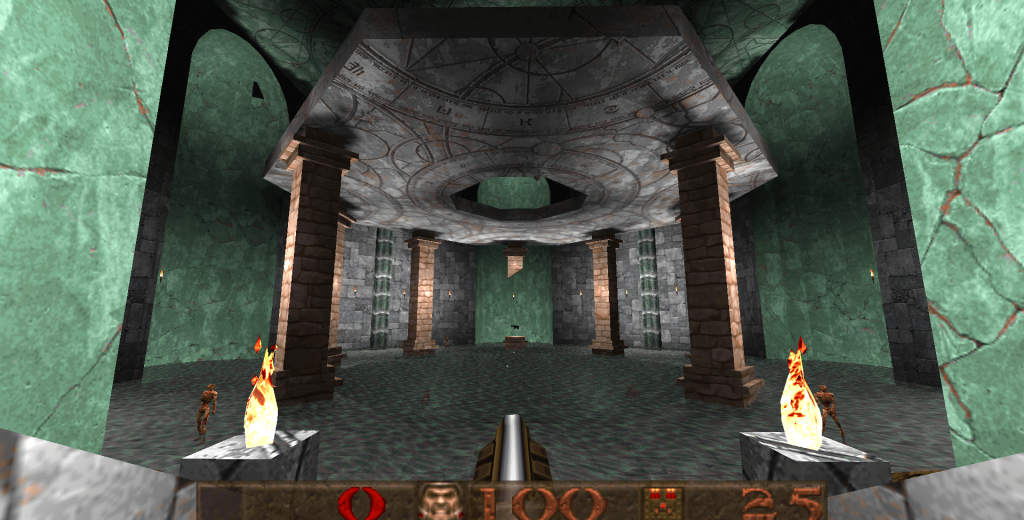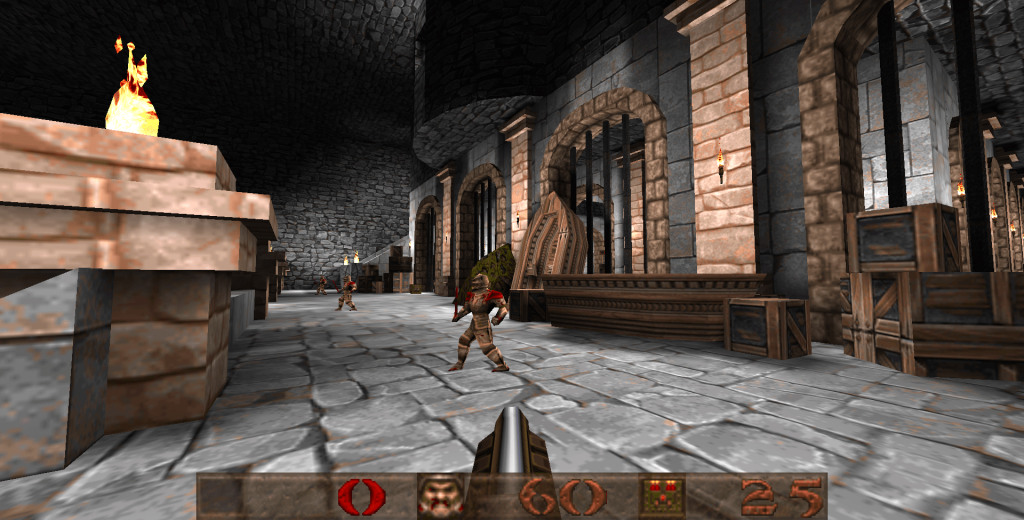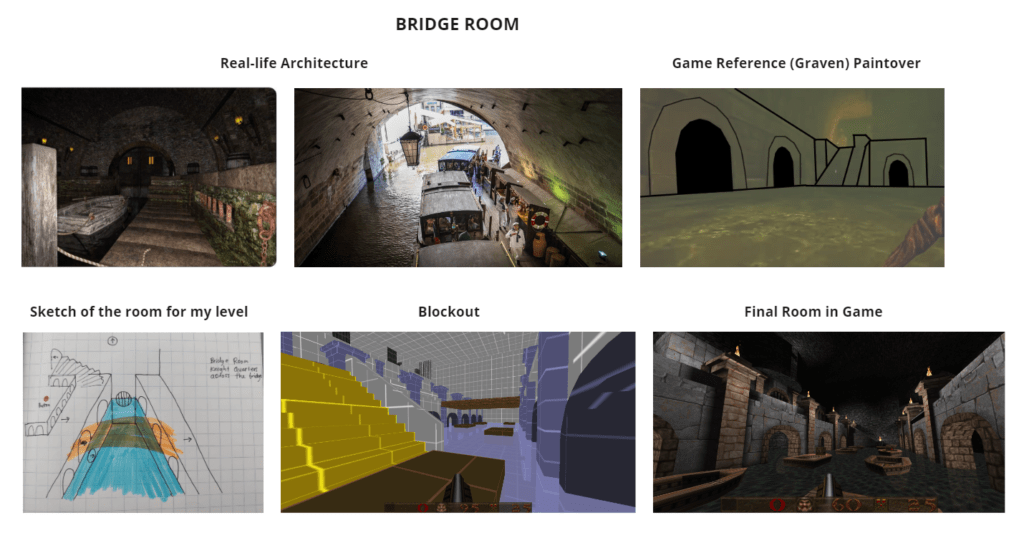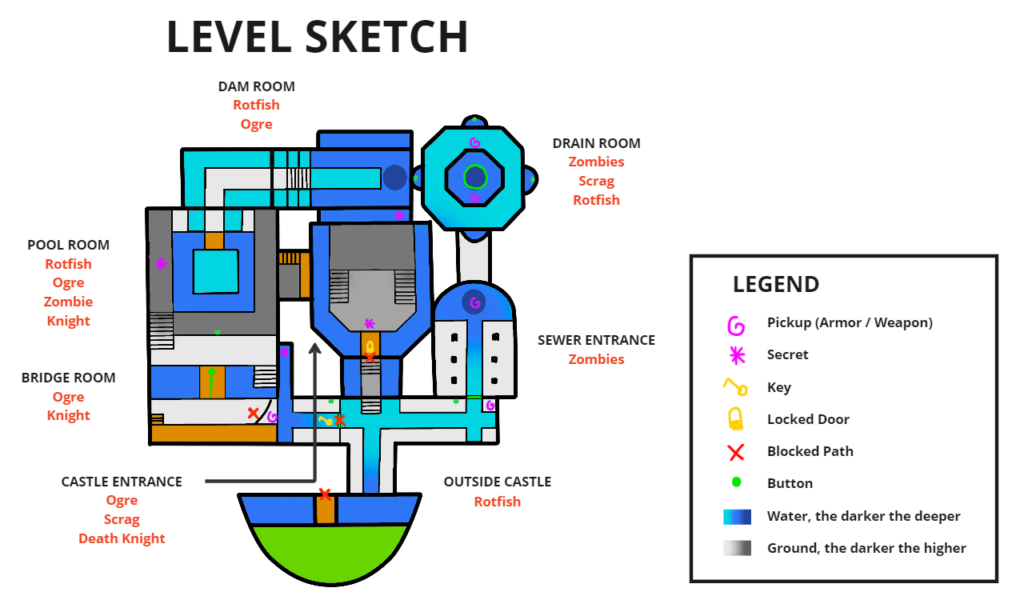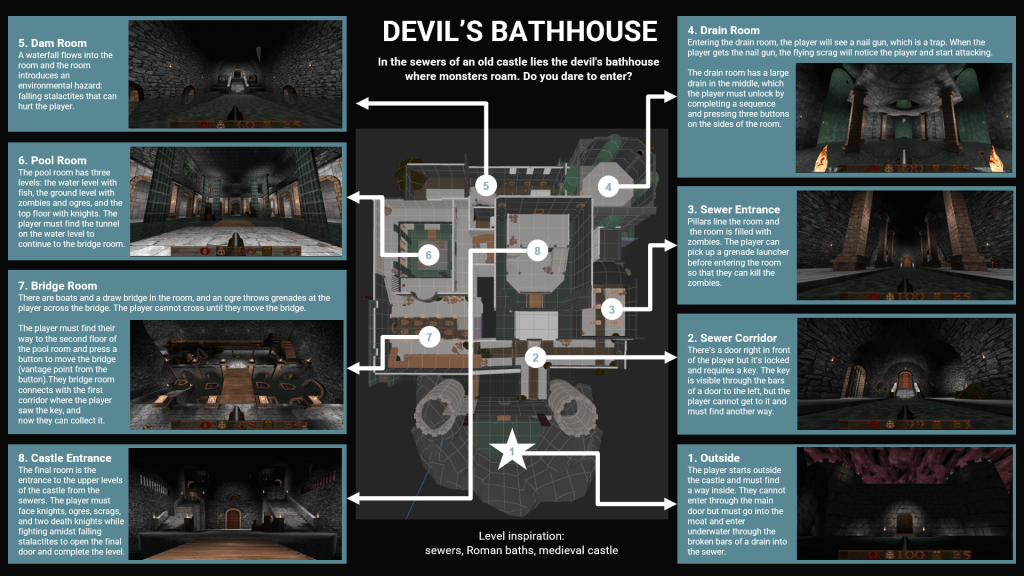FPs Level Design for Quake
Level Designer
The Devil’s Bathhouse is a FPS level that I made for Quake in Trenchbroom, featuring combat and puzzles. This project was an individual student project during my second year of game design studies at BUas. I went through the entire level design process from concepting to blocking out the level, lighting, and set-dressing.
Individual Project
Trenchbroom
2 Months
Overview
The Devil's Bathhouse
Constraints: Set in a castle.
Design Intent:
- Creating a fantasy castle with the main element being water. I took inspiration from old sewage systems and ancient Roman baths.
- I studied Quake extensively to re-create the gameplay feel of the game and create a level that fits the game while telling a story.
- The level features combat and puzzles.
- The level is intended as the first level of a mission to infiltrate the castle.
Narrative: Monsters have overtaken the castle. Break into the castle through the sewers and take them out.
Key Aspects of the Level
Player Guidance
Puzzles & Scripted Events
Environmental Storytelling
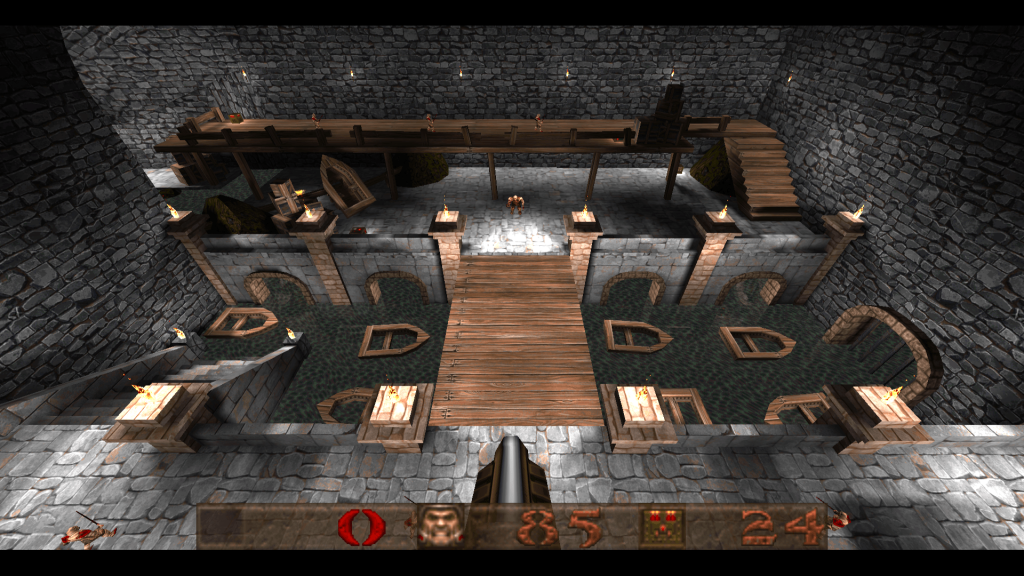
Secrets
Blockout
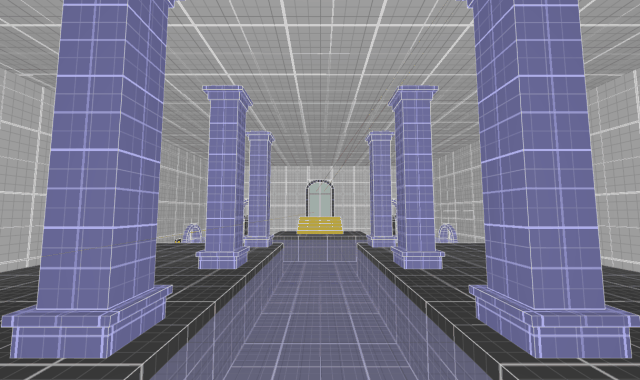
I first blocked out the basic shapes of the rooms so that the level could be played through and playtested.
After the first round of playtesting, I started adding obstacles and more detailed shapes.
I colored modular pieces differently so that the blockout is more readable.
Enemy Encounters
To prevent the player from retreating to the previous corridor with the enemies and to ensure the combat encounter happened in this room as intended, I placed a weapon on the other side of the room as a bait to tempt the player.
When the player picks up the weapon, it triggers a stronger flying enemy to spawn.
After retrieving the golden key, the final room combines elements from earlier parts of the level.
On the upper floor, there are ogres high up in cages throwing grenades at the player, which adds a challenge for the player. All enemies must be defeated to open the final door.
Environmental Challenges
I used existing tools to create new challenges in the level.
Falling Stalactites
By modeling sharp arrows to use as moving platforms, I made falling stalactites that damage the player. The stalactites were first introduced in a room with just one enemy, and finally in the final room with the most difficult challenge.
Water Streams
I made water streams using a combination of a push volume, a water volume, and an animated water texture. They are a recurring element in my level, since the theme of my level is water.
Set Dressing
Playtesting & Iteration
Ensuring Quality
To assure quality, I used a Conditions of Satisfaction document .
For each part of the level, I ensured that the edge of the world was defined, there were no leaks, clipping, or invisible collisions, and that everything functions as intended.
I tested the level frequently to see if there were any issues to fix.
Playtesting
I conducted several rounds of playtesting with both new and recurring players during the blockout and set-dressing phases to achieve the intended player experience.
I collected data by noting down observations and asking prepared questions. I then wrote a conclusion based on the data and wrote action points for improvements.
Iteration
- Improved player guidance and level flow by adding details and objects to guide the player’s line of sight.
- Improved the shape language of the level from simple blocks to more complex shapes to be more interesting.
- Improved enemy encounters so that the players use the intended spaces for the encounters instead of drawing enemies out of a room.
- Balanced the level by moving around health and ammo pickups to more noticeable spots since players always tended to be out of health in a certain room.
- Improved visibility of certain sections with lighting.
- Fixed bugs.
Design Process
Research
Node Map
Sketching

Gym Level
Modular Kit

Blockout
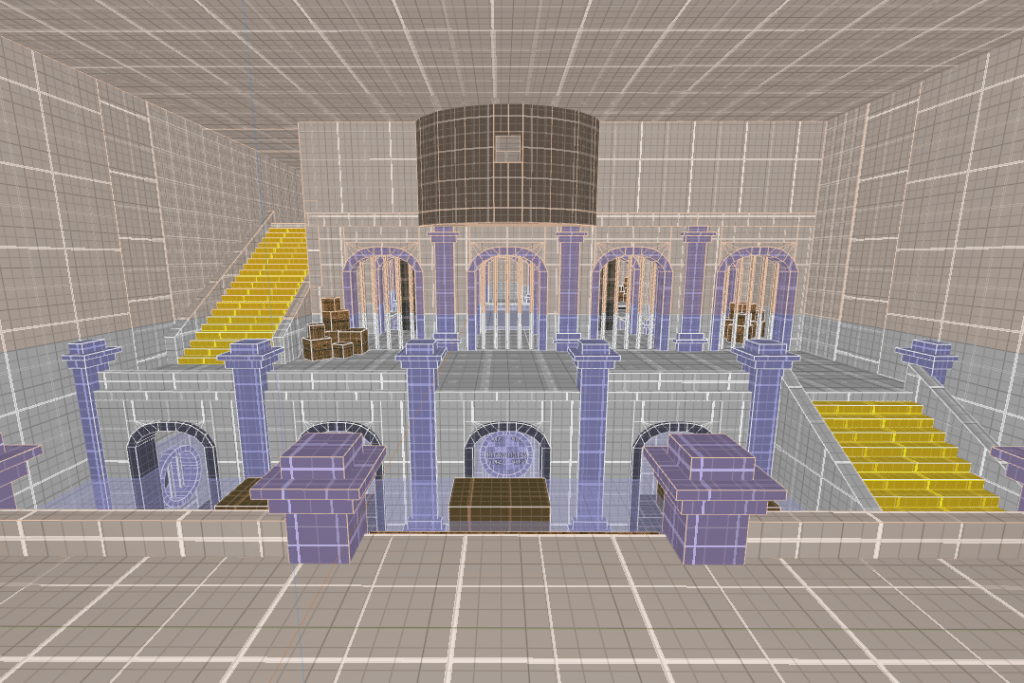
Set Dressing
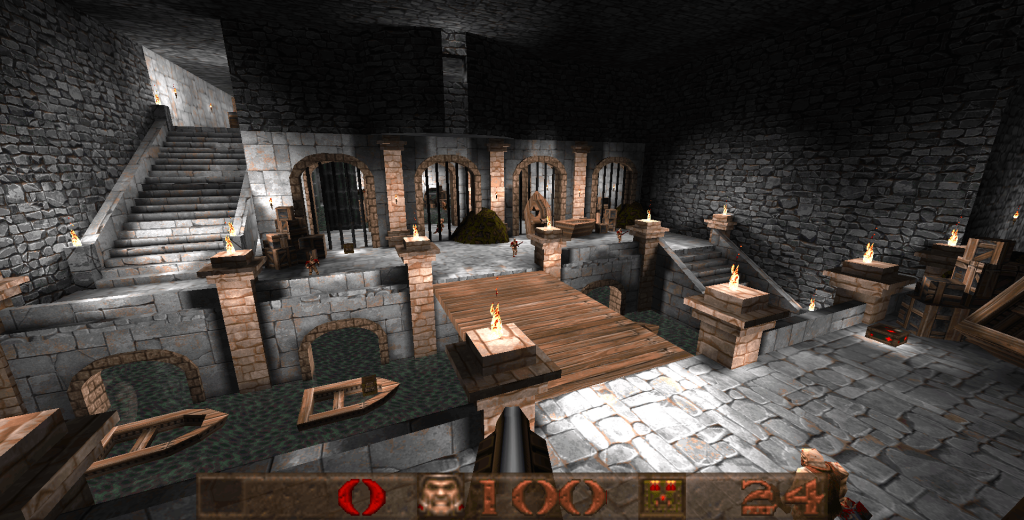
Playtesting & Iteration
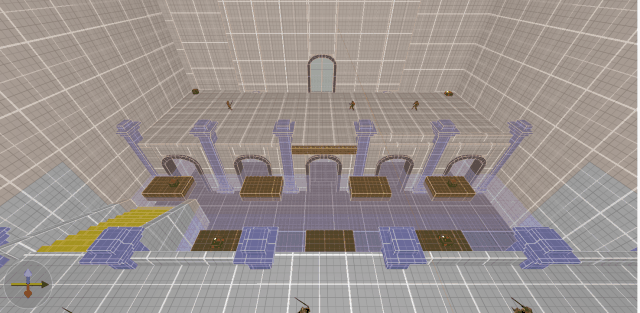
I playtested the level during the blockout and set-dressing phases with both new and recurring players to achieve the intended player experience.
I then iterated on the level based on the collected data.
Result
Learning Outcome
My main learning outcomes for this project were:
- Learning the four-step level design process.
- Going through the entire level design pipeline from concept to a final, set-dressed level.
- Designing challenging combat encounters.
- Designing level design puzzles.
- Showcasing narrative through level design with environmental storytelling and the placement of props.
- Balancing the difficulty of the level through playtesting and iteration and adjusting the placement of enemies, ammo, and health pickups.
- Learned to use a new level editor.
Complete Playthrough
The level takes around 10 minutes to complete when focusing on the main objective. With more exploration and discovering all the secrets, the level is around 20 minutes long.
